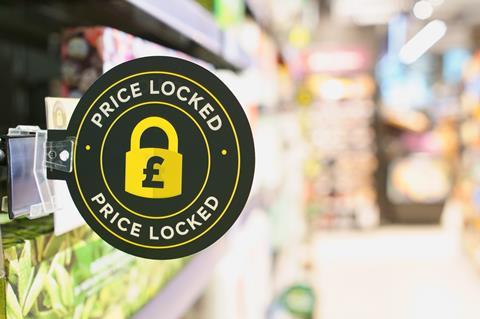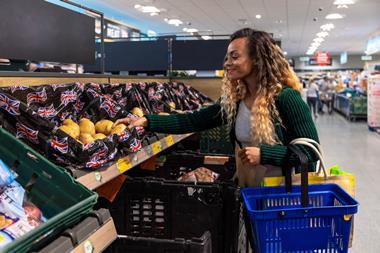
The fmcg industry is under intense pressure this year to deliver volume growth. Nestlé, the world’s biggest food & beverage manufacturer, has seen volume declines in each of the last two years due to the impact of high pricing.
After four years battling with Covid, supply chain challenges and massive inflation following the Russia-Ukraine war, the priority for the industry this year is to get back to basics. That means meaningful innovation and new product development to drive volume growth.
Portfolios have been cleaned up and many uneconomic SKUs eliminated, helped by the cover of high pricing, which has helped drive mix. Average pricing for the sector was 10% in Q1 2023. That stepped down to 4%-5% in Q4, and further moderation is expected.
So looking ahead, volume is the secret sauce that will differentiate the winners from losers.
While headline inflation might be coming down, consumers are still feeling financially stressed. Myriad cost pressures mean they remain very discerning with their spend. Increasing numbers are prepared to trade down or turn to private label if they feel brands are not differentiated.
One way to drive volume growth is by stepping up promotional spend, but this doesn’t really build brand equity and trains consumers to buy only ‘on deal’. The better way is meaningful innovation. We are starting to see advertising spend increasing quite markedly across the industry, which is usually a good sign as it complements higher new product activity.
However, to cut through the noise, manufacturers need bigger, bolder innovation that is unmissable. Private-label offerings have become more sophisticated, so ‘me-too’ branded renovations just become less effective.
The issue now is that inflation is rearing its head again, and there are some pockets in which it is extreme. Cocoa prices are up 150% YTD, breaking $10,000/tonne for the first time as speculators take advantage of much lower supply in West Africa. Last week, Ghana announced it would delay cocoa deliveries until next year due to a lack of beans.
Coffee is now also in the spotlight. Robusta coffee prices are at their highest levels since 2008 in part due to concerns about overly dry conditions in Vietnam, but also due to commodity traders switching from cocoa to coffee. Unless cocoa prices start to moderate, double-digit pricing from manufacturers is looking increasingly likely next year.
In the UK, the wettest 18 months since 1836 are affecting harvests, which means more imports and questions about food security. The UK government target of being 60% self-sufficient in home-grown food looks a stretch.
Read more:
-
Brexit import charges will ‘cripple the industry and drive up food prices’
-
Food security: the 10 biggest threats to the UK supply chain
-
Waitrose to target premium lines in latest round of price cuts
Elsewhere, sugar prices remain elevated, European dairy prices are moving up and vegetable (palm) oil prices are increasing. Throw into the mix global geo-political tensions sending Brent crude surging past $90/barrel, and we have a volatile input cost picture for manufacturers. The reality for many is that production costs are going up, not down.
This resurgence in inflation is likely to require more than selective pricing and/or another round of ‘shrinkflation’. We think manufacturers are hitting the limits in terms of how much ‘shrinkflation’ they can effect. Retailers such as Carrefour are increasingly prepared to call out the worst culprits, making it a less viable option in our opinion. Using cheaper ingredients is also possible, but that tactic is also not without risk.
Although different strategies are possible, the need for more pricing to defend margins from a second wave of inflation, while simultaneously improving volumes, is going to be tricky. History suggests it is better to go hard and early with pricing.
However, pricing has volume implications and retailers aren’t in the mood to wave through another round of pricing, so we expect heated negotiations and potentially more delistings from shelves.
The reality is that food production depends on good growing conditions and a political environment supportive of farmers. Climate change is making farmers’ lives harder and costs higher, yet consumers demand low-priced food. Something has to give.



















No comments yet